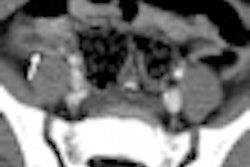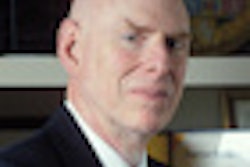A new report on healthcare utilization at private U.S. insurance companies indicates that despite some increases in utilization, healthcare spending growth between 2010 and 2011 was driven by prices charged by providers -- and that radiology's spending growth actually decreased.
The report by the Health Care Cost Institute (HCCI), titled "Health Care Cost and Utilization Report: 2011," found that overall, per capita spending for those with employer-sponsored insurance increased by 4.6% between 2010 and 2011, up from the 3.8% growth seen in 2010.
And yet spending growth for services provided at outpatient settings such as radiology centers and imaging clinics decreased from 9.3% in 2010 to 6.2% in 2011, bolstering the argument that federal efforts to curb radiology costs are working. HCCI's report also found that the intensity of outpatient services (that is, the complexity of each patient visit) provided at other settings grew by 1% overall, but radiology saw a decline in intensity of 1.8%, the only subcategory of outpatient services that did.
For the period covered by the report, radiology did have the highest outpatient setting price increase, up 3.4% from 2010. And radiology saw the highest growth in average unit price (price paid for the service divided by the intensity of the service) of outpatient services provided at other settings, at 5.2%. In the outpatient services provided at other settings category, radiology services was the highest per capita expenditure at $188.
Overall per capita expenditure for a professional service in 2011 was $1,566. Other procedures contributed $455 of the total, while surgery produced $273, or 17.4%. These categories were followed by administered drugs (9.7%), office visits to a primary care provider (9%), and radiology procedures (8.9%).
HCCI is a newly formed independent healthcare research firm created last year to provide data on the causes of rising healthcare costs in the U.S. For its report, it gathered claims data from U.S. insurers Aetna, Humana, Kaiser Permanente and UnitedHealthcare to determine what influences the utilization and costs of healthcare services among the privately insured, younger-than-65 population.



















